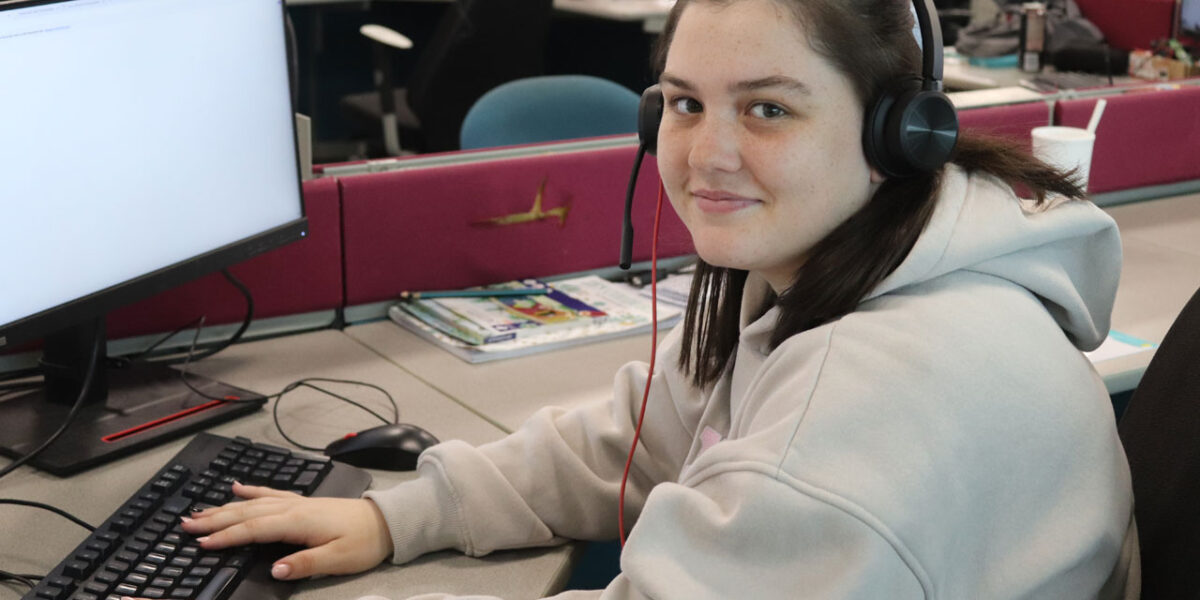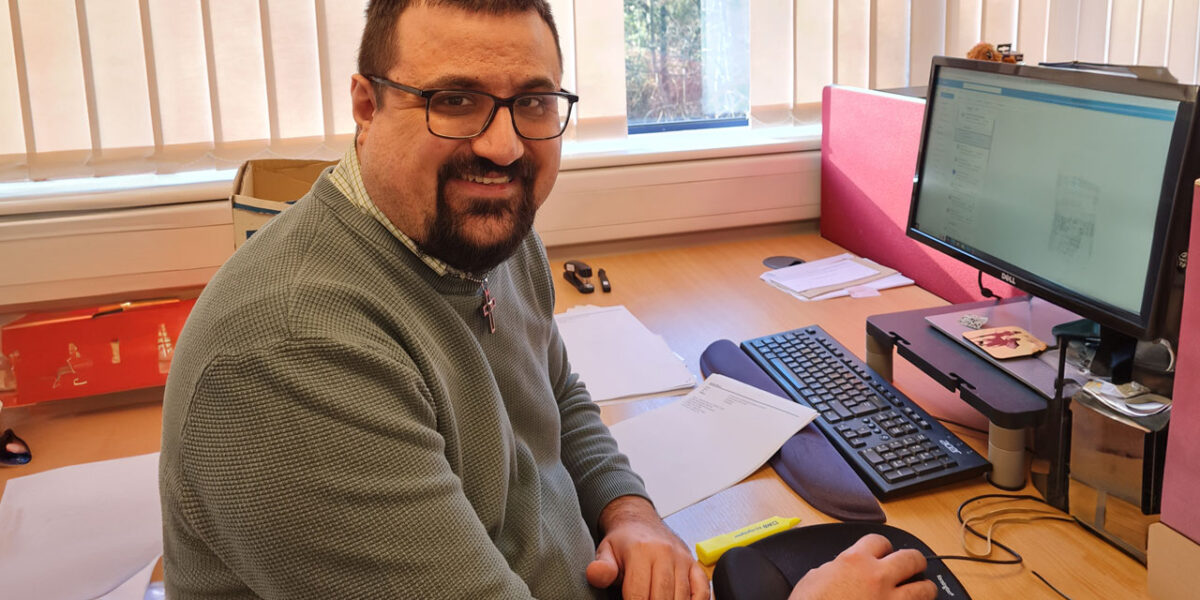Teachers are at breaking point, it’s time to push wellbeing up the agenda

For countless educators around the country, teaching is far more than just a job. It’s a passion, a calling, and a highly respected purpose. Still, while teaching is a hugely rewarding and fulfilling profession, it is also one of extraordinary responsibility and challenge.
Whether it be the pressure that comes with finding effective ways to engage students with difficult subject matters, preparation ahead of exams, managing challenging behavioural issues, or battling with unexpected events or absences, it’s natural for teachers to feel the huge weight that comes with the important role they have in a child’s life and progression. In fact, according to the National Foundation for Educational Research, those working within the education sector are more likely to suffer job-related stress than any other profession.
New challenges and responsibilities
And the pandemic only saw educators take on more. Teachers suddenly found themselves with whole new challenges and responsibilities to manage – from addressing interrupted learning and exams amid a global pandemic, adjusting to remote/hybrid learning methods, carrying out ongoing safety management measures to keep students safe, managing increased student behaviour challenges and taking on heavy work loads due to staff shortages – all while juggling their personal lives, too.
As a result of these additional pressures, teachers are burning out and the number of teachers seeking emotional support has only increased. According to the NASUWT union, 1 in 4 teachers sought medical help last year because of the impact the pandemic had on their workload and mental health.
Now, post-pandemic, the impacts to teacher mental wellbeing persist. Educators are struggling, and according to a recent survey from The National Education Union, without urgent action, the outlook is bleak. According to the survey, nearly half of teachers (44%) in England are planning to quit within five years due to unmanageable workloads and stress which they admitted were significant factors in their decision.
Urgent intervention
Urgent intervention is clearly necessary and it’s time to push teacher wellbeing up the agenda. Otherwise, we risk alienating those with the passion and skill to succeed in the education setting, and the UK’s education system will face a mounting national recruitment and retention crisis.
Still, the only way to manage burnout and prevent the issue from escalating further is through greater collaboration and proactivity from the sector. With a collective approach from school leaders, governors, teachers and education providers, we can work to end the stigma around seeking support and drive more tangible solutions.
The first step is to create a more supportive work environment. The education sector must invest in their people, in the way other private companies do, providing the right policies, right training and the right tools. Wellbeing and development can no longer be viewed as a nice to have, it is a must have.
To achieve a healthier workplace, and healthier working practices, the message needs to change: Educators cannot put their own mental health on the back burner, or second to student interests and learning. It starts from the top, and school leaders have an important role in building a culture where staff feel valued and supported.
Identifying pressure points
Redefining a school’s culture begins with listening, identifying the pressure points and exploring where more action can be taken. With this, schools can develop an appropriate staff wellbeing policy that prioritises open discussion about concerns, regular teacher wellbeing assessments, staff recognition and praise, and provides the necessary tools, support and training based on individual needs.
The key will be to create a stronger sense of community for teachers in a school. When educators are feeling overwhelmed, or their mental health taking a toll, it’s important that they feel comfortable to communicate that to their colleagues and seniors who can help address why that is and can offer additional support to improve their experience. If workloads are unbearable, or they have concerns about students’ performance or even their own personal issues, it’s important to build a culture that listens and acts before the problems escalate.
Helping educators manage workloads
It’s also important to provide workshops and training that helps educators to better manage workloads, cope with behavioural challenges, build connections with the wider school community, and create healthy work boundaries without guilt.
But it’s not all down to senior leadership staff, and key decision makers must invest in the right tools that offer educators greater support and access to outstanding learning resources for students, all while promoting efficiency and giving teachers back more of their time and energy. It’s up to us, education technology providers, to equip teachers with the easy-to-use tools they need to deliver engaging and collaborative lessons.
Lumio, SMART Technologies’ digital learning tool, for instance, allows educators to easily transition between in-class and remote learning where needed, be creative with their active learning method, and access ready-made resources too. SMART has also partnered with Kooth, the leading digital mental wellbeing platform, to provide on hand access to vital mental health resources through Lumio that can tackle mental health and wellbeing challenges for teachers and students alike.
By investing in new technologies which allow educators to work smarter, teachers can not only be better supported with their teaching, but confident that they are delivering highly-engaging and interactive lessons, all while avoiding burnout. In fact, according to research collected from SMART’s EdTech Assessment Tool, UK schools are reporting better outcomes for their students and teachers as a result of increased adoption of classroom technology that includes collaborative features, game-based activities, and pre-created content and resources.
In short, solutions exist. But real change will require a collective approach from the entire sector to listen to teachers and take practical steps to support them – whether that be implementing wellbeing policy, providing training and investing in tools to support. Whilst it may not be possible to eliminate all the burden and stress that comes with a hugely important and dynamic profession like teaching, there are certainly ways to reduce it and avoid burnout, before it escalates and staff are pushed to their limits.
By Giancarlo Brotto, Global Education Advisor at SMART Technologies











Responses